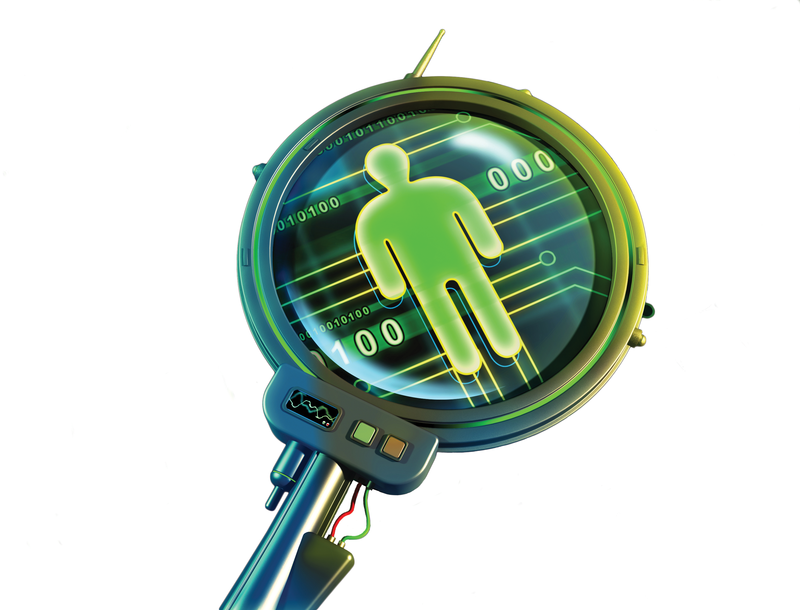
What's Hot for 2014?
Mobile device security and The Internet of Things were both big topics at this year's Consumer Electronics Show (CES) in Las Vegas. Sure, there were gadgets galore, new-fangled televisions, and some sci-fi robotic creatures running about, but the big news and big focus were on mobile device security and The Internet of Things. These two topics are hot but not trendy. They're for real. And they're both coming soon to a job description near you.
You might have already dealt with mobile devices in your business by purchasing and using a mobile device management (MDM) or mobile application management (MAM) suite. But this year's focus on mobile security is different: It's all about the device itself and not about using some external forces to steamroll policies onto devices.
Mobile device security plagues us all personally and in business. The new bring-your-own-device (BYOD) models cause even more problems for businesses and, in turn, you and me – the people who must cope with those user-owned devices.
Users can't be trusted to apply patches and updates; nor can they be relied upon to use strong passwords – or passwords at all – so we use heavy-handed mobile device management software to mitigate those risks and to enforce security policies that protect corporate assets. The more security we enforce, the more users complain, whether the device is personal or corporate owned.
This year manufacturers will take the lead in security measures for mobile devices. Mobile device manufacturers now realize that security must be built into the hardware, operating system, and software. You can't ignore any aspect of the device, and the most logical place to start building in security is at the beginning – during manufacture.
Yes, you'll still need to use your MDM or MAM suite, but the heavy-handedness of the past couple of years can disappear from sight. Devices will be more securely constructed and therefore require less interference and top-down management effort.
The Internet of Things (IoT) is a whole new animal, which you can distill down to its most empirical definition: using remote sensors to track products, measure changing parameters, and provide real-time feedback to devices, machines, or even people.
Imagine a business in which all raw materials or goods have some sort of tracking sensor associated with them. Bar codes probably come to mind first, but IoT goes far beyond the humble bar code. IoT covers passive inventory scanning (bar codes, RFID tags, QR codes) and remote sensors to measure temperature or fuel level or to track the number of sodas remaining in the soda machine, as well as the data that's collected from these devices and processes.
You probably surmised that these devices produce a lot of data. They do. The term applied to this new data revolution is Big Data. The amount of data produced by these devices is one of the major issues facing IoT adopters. The other major IoT points are device security, machine-to-machine communications security, and data security.
Huge amounts of storage, security, and analytical computing power are your problems to solve. Fortunately, many companies offer support services.
The mobile security issues will be resolved, or significantly addressed, by manufacturers this year. Manufacturers have taken new responsibility for device security and that's a good thing. The Internet of Things is a new frontier for gathering knowledge about your business and the world around you. You have some exciting challenges facing you this year: mobile device security, The Internet of Things, and let's not forget your regular work load. If nothing else, 2014 looks like a year of job security for system administrators.
Ken Hess * ADMIN Senior Editor
